In 2025, it will be ten years since Riccardo Falcone opened his first Rivareno gelateria in Palma, in Plaça de la Llotja, where long queues of residents and tourists eager to taste the creamy texture that defines his gelato have become a common sight. That creaminess has placed Rivareno among the island’s favorites. Mallorca Caprice interviews Falcone as part of the feature on ice cream in Mallorca included in the Mallorca Caprice guide 2025–2026.
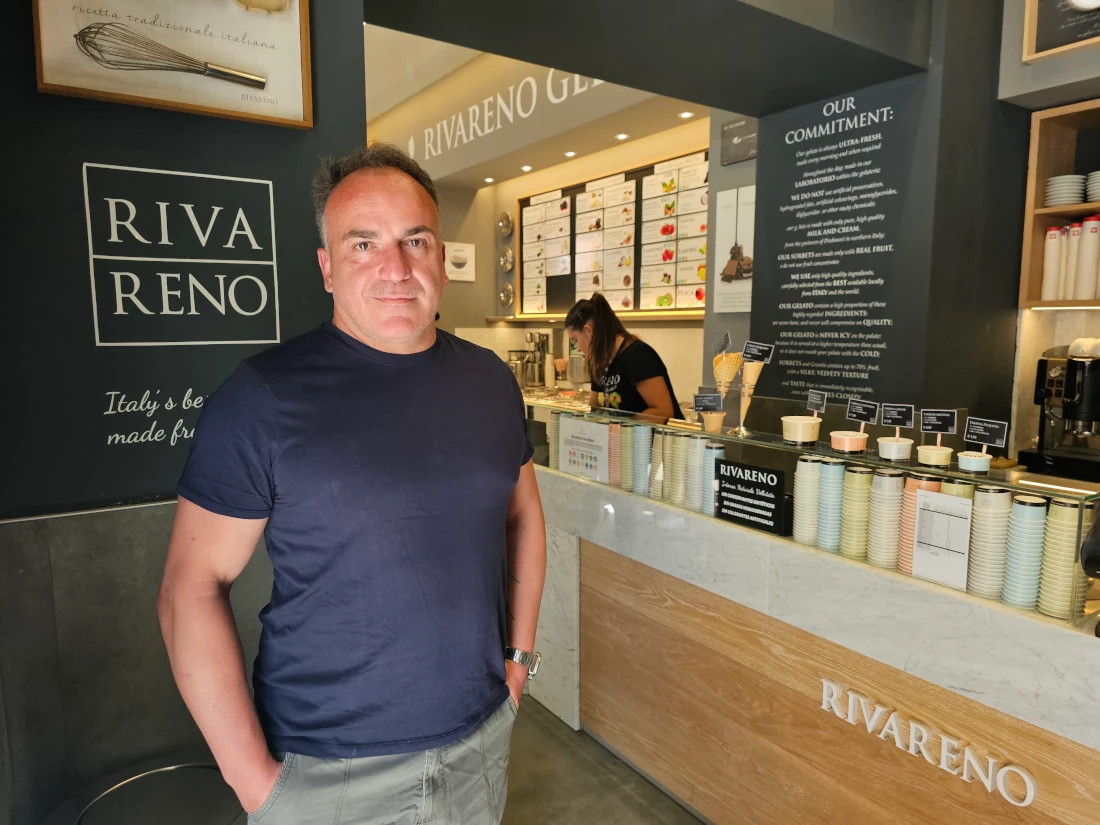
– How did you end up in Mallorca? – I spent 17 or 18 years coming here on vacation because I loved the island and the sea. I was living in Milan and thought: “Why not move here?” I already had gelaterias in Italy, even though I was working in political communication and election campaigns.
– Where does the name Rivareno come from? – Everything started in the city of Bologna, Italy. Although there, it had a different name: La Funivia (the funicular), because it opened in an old warehouse where the funicular to the Colle di San Luca used to operate. That’s where it all began, in what became one of Bologna’s most famous gelaterias. But using that same name outside the city wouldn’t have made sense. Still, the new name is very much tied to Bologna. Rivareno comes from the Reno River, which runs through the city, and from Via Riva di Reno, one of its busiest streets. That’s why all Italians who see the name ask: “Is it from Bologna?”
– Have you noticed any changes in consumer habits over this decade? – A lot, especially from local residents. At first, it was more difficult — we worked well with tourists, but locals didn’t come by La Llotja so often. They thought it was an expensive area with low quality. Gradually, they got to know us, and now we work a lot with residents too.
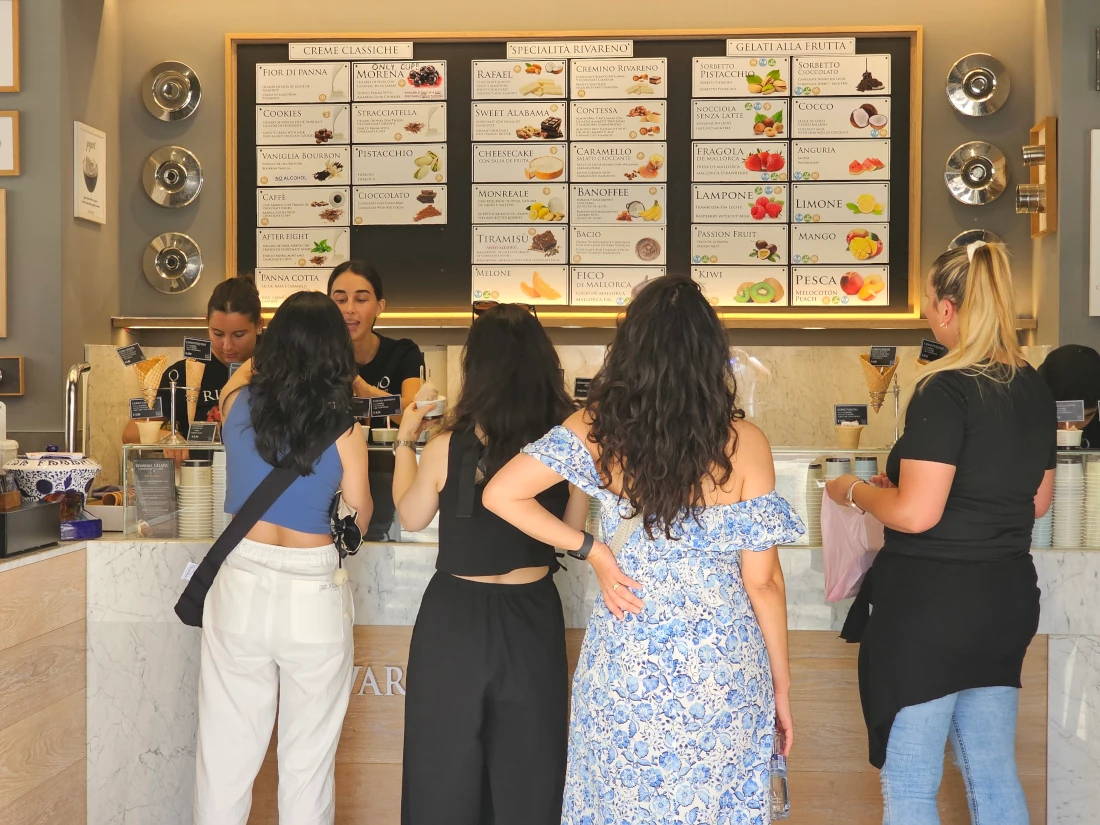
– Is there a big difference between summer and winter? – It’s like night and day. In winter, we sell just 5% to 10% of what we do in summer. If the weather is nice, we sell a bit more, but some days we could stay closed and nothing would happen.
– Cup or cone? – Always fifty-fifty, there’s no clear preference.
– What is Rivareno’s best-selling flavor? – This store makes between 60 and 70 kilos of pistachio gelato every summer day. It’s our top seller. People walk in and say, “Pistachio, pistachio, pistachio…” It’s a very popular flavor, but what sets us apart is how much pistachio we use. Instead of 5% and coloring, we use three to four times more raw material and avoid any coloring. Pistachio is the main ingredient — it gives the gelato its flavor. There are no tricks in gelato: if you use quality ingredients and don’t cut corners, it shows. We make fresh gelato daily, never sell leftovers from the day before, and we put it back through the machine. Plus, we store it at a temperature that rarely drops below -10 °C. Other places keep it at -16 or -18 °C, but you can’t taste anything at that temperature. We want our customers to really enjoy it. Gelato must be cold, yes, but not *that* cold. And we always aim for creaminess.
– What are the most surprising flavors? – One of our specialties, Cremino Rivareno, has been a big hit. It’s similar to Kinder Bueno. We also have Nutella, Contessa, which includes lots of amaretto cookie… we have so many.
– Any flavors inspired by Mallorca? – We work a lot with seasonal and local fruit. In summer, we use Mallorca’s fig, which is exquisite. Also strawberries from Vilafranca or Manacor — when they’re at their peak, they’re amazing.
– Are your gelatos artisanal? – “Artisanal” is a word I don’t like using. Many claim to be “artisanal,” but it’s subjective. You could say we make artisanal gelato, yes. Others do too, but they use chemicals, hydrogenated fats, triglycerides, artificial coloring… and still call it “artisanal.” Or they say “natural ice cream.” Why? Because they use milk and fruit? Same logic: if you’re adding fat, chemicals, coloring… what’s natural about it? We’re very clear: we use no artificial coloring or hydrogenated fats. That’s essential to us.

– Is it true that gelato should be covered? – Yes, it must be covered. First, for hygiene. Second, because it’s the oldest and most efficient system in gelato-making — it helps maintain the right temperature. We’re used to seeing “mountains” of gelato, especially in tourist spots. I don’t even want to know what’s inside those… Covered means quality and hygiene.
– Do you have options for new dietary needs? – We make many vegan and lactose-free products. In the Italian gelato school, every gelato maker learns how to make creams and sorbets. Many people confuse sorbet with something watery, but no — it’s simply gelato made with water instead of milk. The texture is so similar that customers don’t believe it when they try it. And those who are lactose intolerant or vegan can enjoy our pistachio and chocolate in vegan versions. Plus, sorbets have a more intense flavor. That said, gelato is creamier in texture.
– Are they healthy? Do you offer sugar-free gelato? – In the last 2–3 years, I’ve been asked a lot about sugar-free gelato. And I usually hand them an ice cube — just kidding — because sugar is almost a defining ingredient in gelato. People have tried using stevia, but for me, it’s not comparable. Maybe someday it will work, but for now, you can’t make good gelato without sugar. Another interesting aspect is air. All gelato contains air. Some shops use hydrogenated fats and overrun machines that inject even more air — like McDonald’s ice cream, which is mostly chemicals and air, with very little actual ingredients. Our gelato contains lots of milk and quality ingredients — it’s intense. We sell by weight, not volume. A liter filled with air looks big but has little substance. We weigh our gelato like ham, cheese, or meat. Many people don’t realize the difference — it can be up to 25%. The most curious test you can do is let your gelato melt. Ours melts quickly because it has no chemicals. It’s a natural process. If another one doesn’t melt… you have to ask: Why? Because of hydrogenated fats and chemicals.
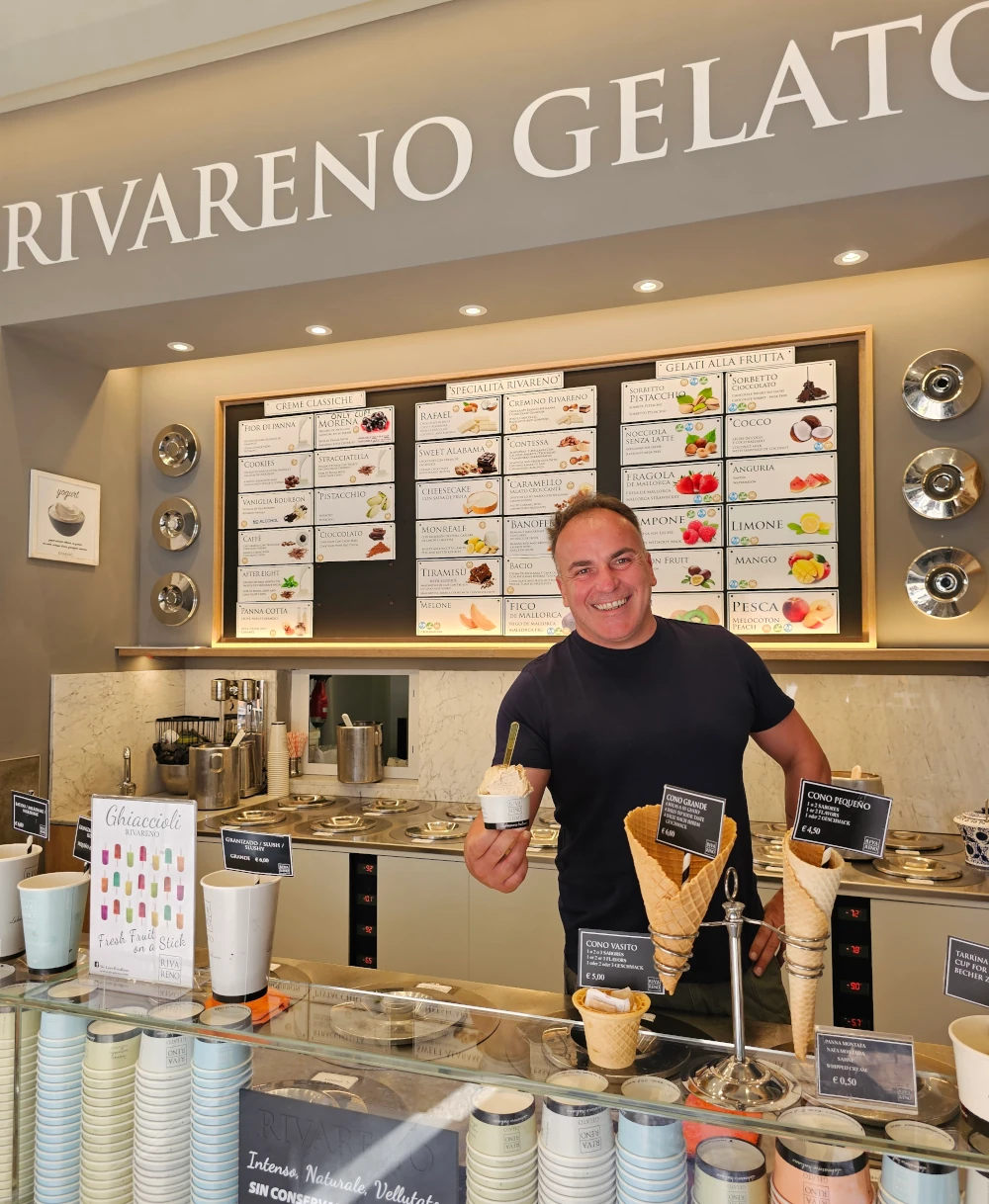
– Do you have any new flavors in mind? – We’re always developing something. Right now, for example, we’re working on Rafael and Cheesecake, which we just launched. We keep a close eye on seasonal fruits, and we always offer the classic flavors too.
– What’s your creation process like? – We use the winter months to experiment. In January, Rimini hosts the world’s biggest gelato fair. You can try new products there and get ideas. We are a gelateria, and I’ve always liked gelato as a dessert, something sweet. I’m not into experimenting with savory flavors. A restaurant might do that to accompany a dish, sure, but not us. When it’s sweet, we can do anything.
– How would you describe the taste of Rivareno in one spoonful? – Intense. I think when you try it, you’ll see — if you order pistachio, it tastes like pistachio. In fruit sorbets, we always use more than 50% fruit. Our granita contains over 50% of strawberry, mango, or lemon. And that makes a difference. Sometimes you try a gelato and only get cold and sugar. With that much cold, you can’t enjoy the flavor — it’s numbing. We serve at a warmer temperature than the competition. And I’m now in love with our new preservation system. Each flavor has its own ideal temperature. That used to be a problem — and still is for many gelaterias that only have one temperature bar. Being able to adjust the temperature for each flavor based on its sugar or milk fat percentage is essential. We no longer have that issue, and I’m very happy about it.

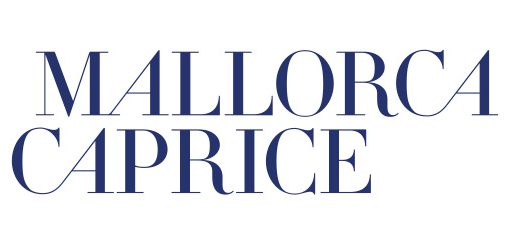
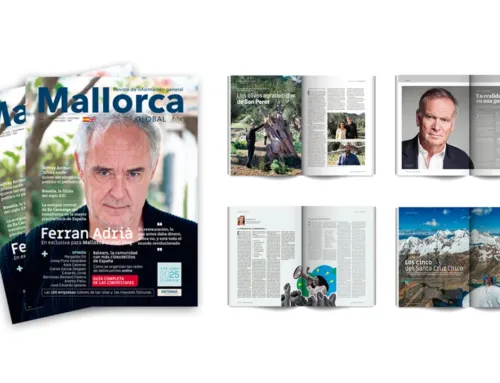
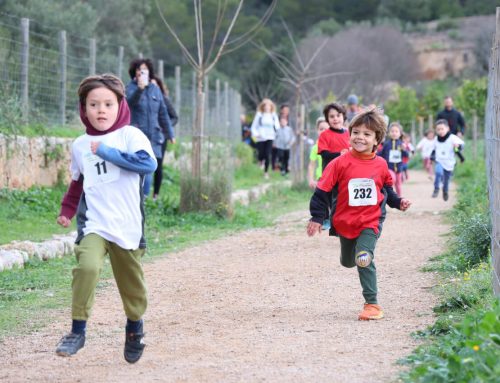


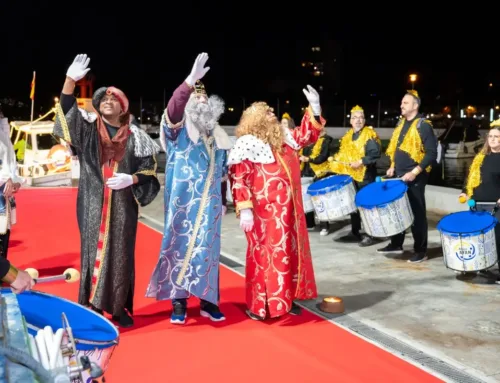

Leave A Comment